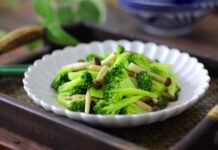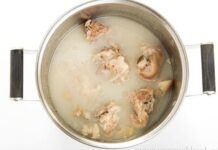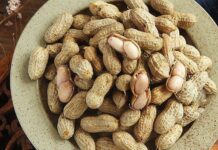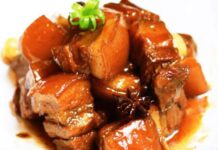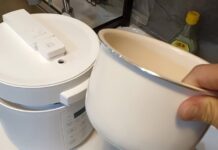Recently, I bought beef from the market, but after just 2-3 hours, the meat started to exude water and turned a dark, purplish color. Some people have suggested that this could be water buffalo or frozen pig meat. I would like advice from an expert on how to identify good quality beef. Thank you. (Lai Thi Minh – Long Bien, Hanoi)
Associate Professor Nguyen Duy Thinh, former lecturer at the Institute of Food Technology, Hanoi University of Science and Technology, advises:
Beef is primarily composed of protein and contains a significant amount of fat, with varying levels across different cuts. Per 100g, beef provides 215kcal of energy and consists of 61% water, 26.1% protein, and 11.8g of fat. It is also a rich source of omega-3 and omega-6 fatty acids. Beef is highly nutritious, promoting muscle growth and providing various health benefits.
It is a popular choice for homemakers and often takes center stage during family meals. However, due to the high price of domestically raised beef, many companies have started importing frozen beef and buffalo meat. It’s important to note that improperly stored frozen meat can result in nutrient loss and a decrease in flavor.
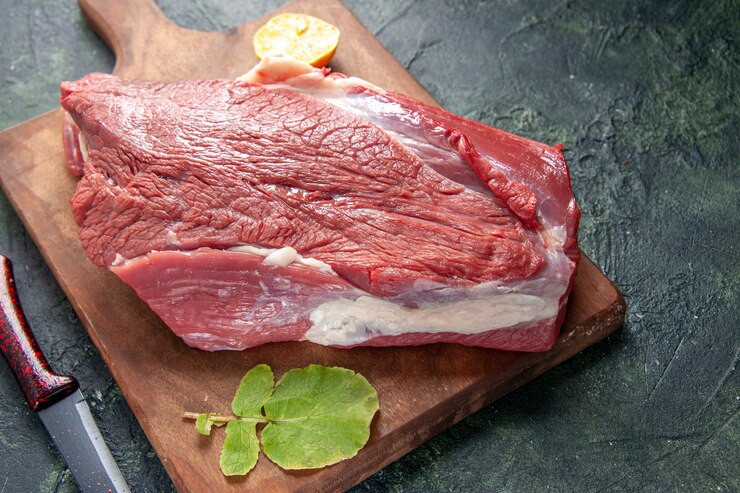
Good quality beef has a bright red color and is elastic. Image: Freepik.
There are two main ways to select delicious beef based on color, sensory perception, and characteristic odor:
1. Good quality beef has a bright red color, with yellowish fat and white tendons. When pressed, the meat should be soft and elastic, and it should feel dry. Avoid meat that is greenish-blue or dark red, with fat that has turned a deep yellow. If the meat feels sticky and oozes a slimy liquid when touched, it’s best to choose another cut.
2. Refrain from purchasing beef with an unpleasant odor. Sometimes, traders will apply beef fat to the surface to mimic the smell, but when you cut into the meat, the scent disappears. To ensure you’re getting authentic beef, smell the cut after it has been sliced.
According to Vietnamnet











